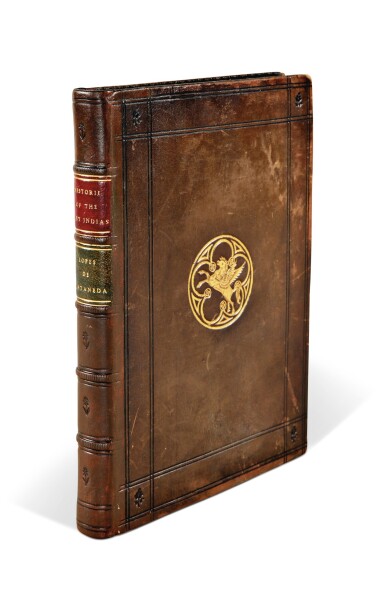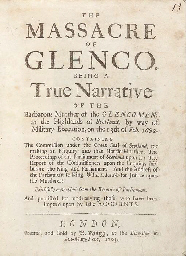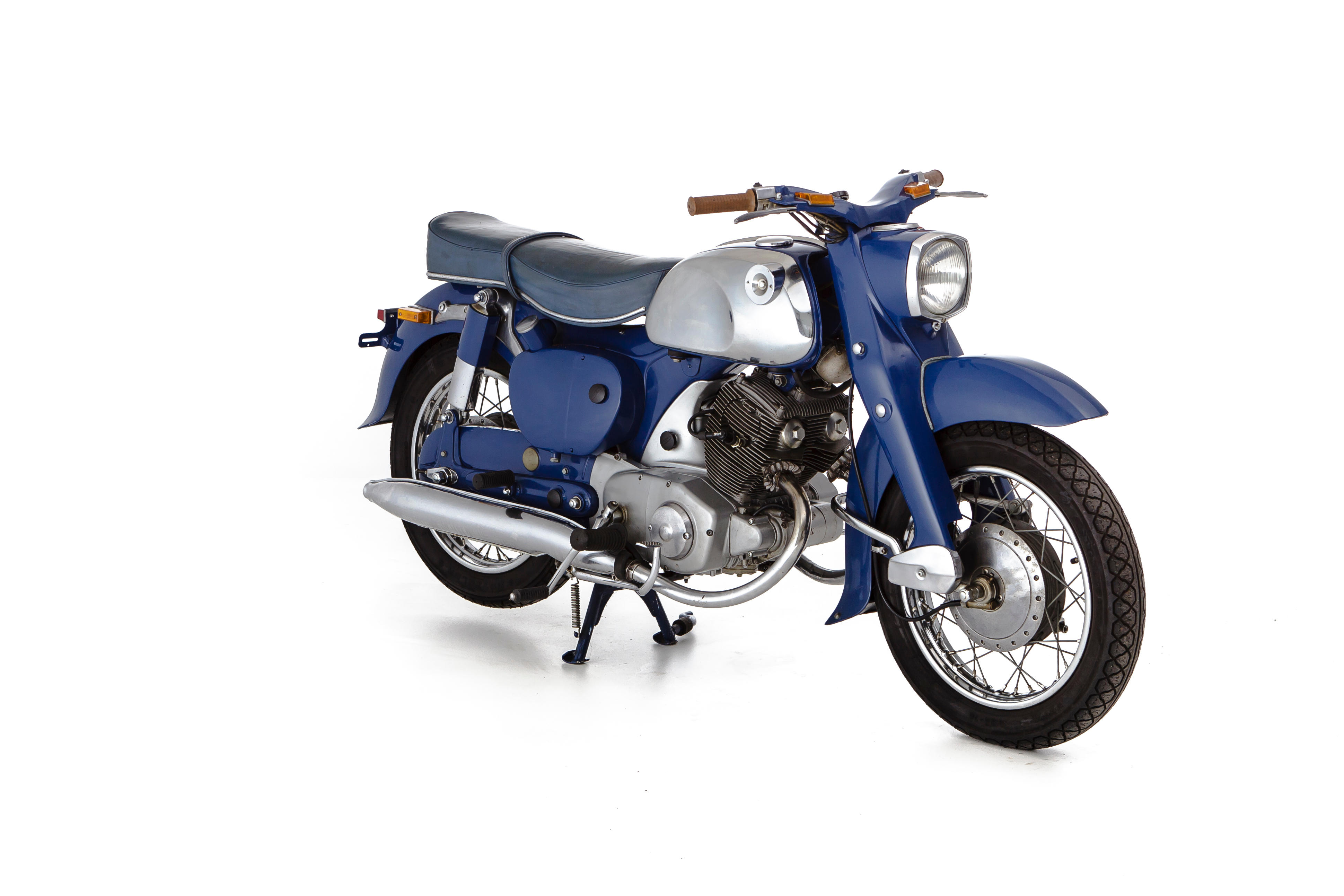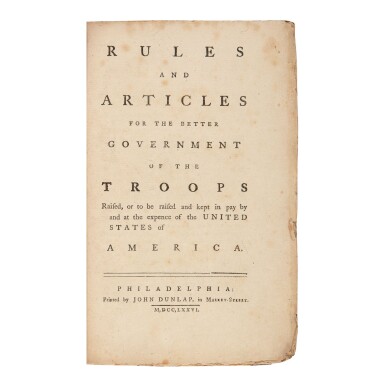The extraordinary stature of the dual-purpose two-seater grand prix designs of the legendary Ettore Bugatti is unchallenged. Thoughtfully conceived and built in a multi-version family of ‘look alike’ models powered by a range of diversely-targeted engines, no other contemporary manufacturer conceived such a creative model scheme. The works team deployed by the world-famous Molsheim factory represented the crème de la crème during Bugatti’s heyday in the 1920s. These cars established the halo under which Mr. Bugatti developed ingenious variations upon the basic high-performance theme to encourage enthusiastic private owners to step up to his sales counter and invest in Le Pur Sang - ‘The Pure Bloodline’. It is the works cars, driven by Bugatti’s greatest drivers, upon which the Bugatti legend is based. Without doubt, it was in 1926 that Ettore Bugatti truly found his feet as a high-performance motor car manufacturer of International stature. With the Type 39A he produced a car with a supercharger which really worked and which had given little if any teething trouble. The 1926-27 Grand Prix Formula demanded cars of no more than 1500cc with a minimum weight of 600 kilograms, 50kg less than the limit connected with the 2 liter Grand prix category of 1924-25. Riding mechanics were not required, and covers were permitted for the unoccupied second seat! Bugatti modified its successful and highly reliable Type 35 straight-8 cylinder engine design to match this new capacity limit. To achieve maximum horsepower and torque these 1 1/2 liter engines were now supercharged, the first time a grand prix Bugatti employed forced induction. This smaller-engined but now ‘blown’ Type 35-derived model emerged from the Molsheim factory as the Type 39A, as offered here. The catalogued bore and stroke dimensions of the Type 39A was 60mm x 66mmm that was achieved by the adoption of a shorter-throw crankshaft. Yet there is also strong evidence that the earliest 39As actually retained an unchanged ‘2 liter’ stroke crankshaft with the reduced bore of 52mm to match the new Formula limit. In fact Bugatti produced three alternative crankshafts for 1926 with stroke lengths of 66mm, 88mm and 100mm, and with cylinder blocks of either 51.3mm, 52 or 60mm bore he could easily assemble an entire family of 8-cylinder engines displacing from 1100cc to 1500, 2000 and 2300 – all with the option of being supercharged or unsupercharged. His superchargers were designed for him by the prominent Italian engineer Edmond Moglia. Bugatti sent a team of three works cars to the early-season 1926 Targa Florio race in Sicily, at the end of April. These were equipped with 2.3-liter engines and were known as the Bugatti Type 35T (for ‘Targa’). When later supercharged these became the Type 35TC (‘compresseur’). In Sicily the celebratedly superior road-holding, braking and steering of the Bugattis enabled them to beat the faster factory Talbots. The great race was won by ‘Meo Costantini with team-mates ‘Nando Minoia and Jules Goux second and third – a legendary Bugatti 1-2-3. Three special Bugattis were then entered for the Grand Prix d’Alsace, run for 1100cc ‘voiturettes’ on the old 1922 Grand Prix circuit on public roads outside Strasbourg. Two were Bugatti Type 36 single-seaters and the third team car a normal-looking two-seater. All used 1092cc engines fitted with Moglia-designed superchargers. This marked the first appearance of supercharged Bugattis in any significant event. Aperitif heir André Dubonnet won in his two-seater followed by the Italian Count Aymo Maggi and Bugatti’s banker, Pierre de Vizcaya. Nothing like keeping the money man happy! The 1926 Bugatti Type 39A offered here – chassis serial ‘4802’ – began life as the first of three sequentially-numbered 1,493cc supercharged two-seat cars built for the Bugatti factory’s participation in the new 1 1/2 liter 1926 Grand Prix Formula that contested the major Grand Prix races of the 1926 season. His own design supercharger,
The extraordinary stature of the dual-purpose two-seater grand prix designs of the legendary Ettore Bugatti is unchallenged. Thoughtfully conceived and built in a multi-version family of ‘look alike’ models powered by a range of diversely-targeted engines, no other contemporary manufacturer conceived such a creative model scheme. The works team deployed by the world-famous Molsheim factory represented the crème de la crème during Bugatti’s heyday in the 1920s. These cars established the halo under which Mr. Bugatti developed ingenious variations upon the basic high-performance theme to encourage enthusiastic private owners to step up to his sales counter and invest in Le Pur Sang - ‘The Pure Bloodline’. It is the works cars, driven by Bugatti’s greatest drivers, upon which the Bugatti legend is based. Without doubt, it was in 1926 that Ettore Bugatti truly found his feet as a high-performance motor car manufacturer of International stature. With the Type 39A he produced a car with a supercharger which really worked and which had given little if any teething trouble. The 1926-27 Grand Prix Formula demanded cars of no more than 1500cc with a minimum weight of 600 kilograms, 50kg less than the limit connected with the 2 liter Grand prix category of 1924-25. Riding mechanics were not required, and covers were permitted for the unoccupied second seat! Bugatti modified its successful and highly reliable Type 35 straight-8 cylinder engine design to match this new capacity limit. To achieve maximum horsepower and torque these 1 1/2 liter engines were now supercharged, the first time a grand prix Bugatti employed forced induction. This smaller-engined but now ‘blown’ Type 35-derived model emerged from the Molsheim factory as the Type 39A, as offered here. The catalogued bore and stroke dimensions of the Type 39A was 60mm x 66mmm that was achieved by the adoption of a shorter-throw crankshaft. Yet there is also strong evidence that the earliest 39As actually retained an unchanged ‘2 liter’ stroke crankshaft with the reduced bore of 52mm to match the new Formula limit. In fact Bugatti produced three alternative crankshafts for 1926 with stroke lengths of 66mm, 88mm and 100mm, and with cylinder blocks of either 51.3mm, 52 or 60mm bore he could easily assemble an entire family of 8-cylinder engines displacing from 1100cc to 1500, 2000 and 2300 – all with the option of being supercharged or unsupercharged. His superchargers were designed for him by the prominent Italian engineer Edmond Moglia. Bugatti sent a team of three works cars to the early-season 1926 Targa Florio race in Sicily, at the end of April. These were equipped with 2.3-liter engines and were known as the Bugatti Type 35T (for ‘Targa’). When later supercharged these became the Type 35TC (‘compresseur’). In Sicily the celebratedly superior road-holding, braking and steering of the Bugattis enabled them to beat the faster factory Talbots. The great race was won by ‘Meo Costantini with team-mates ‘Nando Minoia and Jules Goux second and third – a legendary Bugatti 1-2-3. Three special Bugattis were then entered for the Grand Prix d’Alsace, run for 1100cc ‘voiturettes’ on the old 1922 Grand Prix circuit on public roads outside Strasbourg. Two were Bugatti Type 36 single-seaters and the third team car a normal-looking two-seater. All used 1092cc engines fitted with Moglia-designed superchargers. This marked the first appearance of supercharged Bugattis in any significant event. Aperitif heir André Dubonnet won in his two-seater followed by the Italian Count Aymo Maggi and Bugatti’s banker, Pierre de Vizcaya. Nothing like keeping the money man happy! The 1926 Bugatti Type 39A offered here – chassis serial ‘4802’ – began life as the first of three sequentially-numbered 1,493cc supercharged two-seat cars built for the Bugatti factory’s participation in the new 1 1/2 liter 1926 Grand Prix Formula that contested the major Grand Prix races of the 1926 season. His own design supercharger,

.jpg)



.jpg)
.jpg)








Try LotSearch and its premium features for 7 days - without any costs!
Be notified automatically about new items in upcoming auctions.
Create an alert